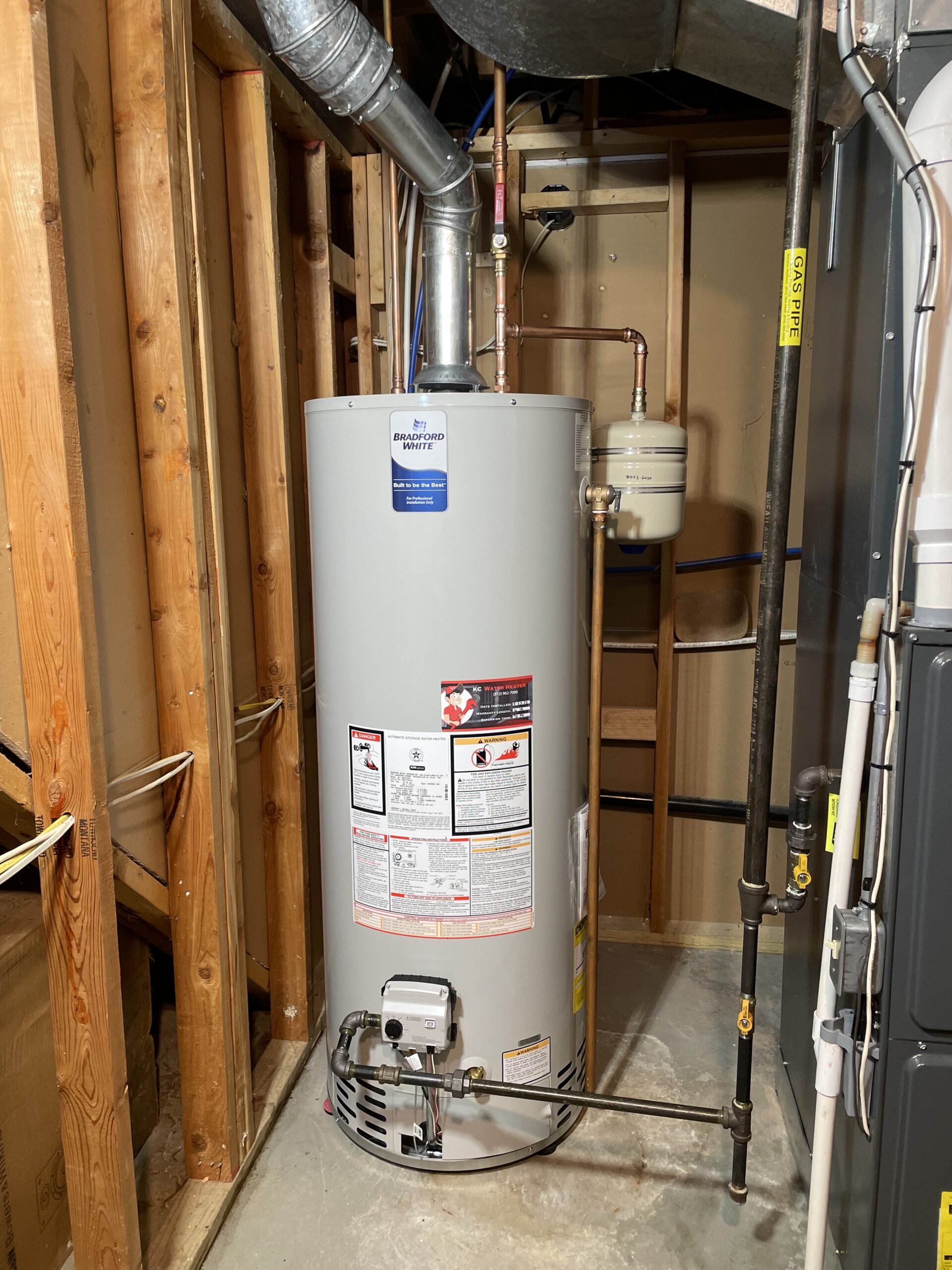On this page below you will discover additional really good points relating to Water Heater Maintenance Tips You Can't Afford to Forget.

Warm water is necessary for daily convenience, whether it's for a revitalizing shower or washing recipes. To ensure your warm water system runs effectively and lasts much longer, routine maintenance is vital. This short article gives useful pointers and insights on just how to maintain your home's warm water system to prevent disturbances and costly repair services.
Introduction
Preserving your home's warm water system may seem complicated, but with a few straightforward steps, you can ensure it runs efficiently for years to find. This overview covers every little thing from understanding your warm water system to do it yourself maintenance ideas and understanding when to call in expert assistance.
Relevance of Maintaining Your Warm Water System
Routine maintenance not only prolongs the life-span of your hot water system but likewise guarantees it operates effectively. Disregarding maintenance can result in reduced performance, higher power bills, and even premature failing of the system.
Indicators Your Hot Water System Requirements Upkeep
Understanding when your warm water system requires attention can avoid major problems. Watch out for signs such as inconsistent water temperature, unusual noises from the heating unit, or rustic water.
Recognizing Your Warm Water System
Before diving into maintenance tasks, it's useful to comprehend the fundamental elements of your hot water system. Normally, this consists of the hot water heater itself, pipelines, anode poles, and temperature level controls.
Regular Monthly Upkeep Tasks
Regular monthly checks can help capture small problems before they intensify.
Flushing the Water Heater
Purging your hot water heater gets rid of debris accumulation, enhancing efficiency and prolonging its life.
Checking and Replacing Anode Rods
Anode poles stop rust inside the storage tank. Inspecting and replacing them when worn out is crucial.
Inspecting and Readjusting Temperature Level Settings
Adjusting the temperature level settings makes sure ideal performance and safety and security.
Do It Yourself Tips for Maintenance
You can execute numerous maintenance tasks yourself to maintain your hot water system in leading problem.
Checking for Leakages
On a regular basis evaluate pipelines and connections for leakages, as these can result in water damage and greater bills.
Examining Pressure Relief Valves
Testing the stress relief valve ensures it operates properly and avoids extreme pressure build-up.
Protecting Pipes
Insulating warm water pipes reduces warmth loss and can conserve energy.
When to Call an Expert
While DIY maintenance is advantageous, some concerns need professional experience.
Facility Problems Requiring Specialist Assistance
Examples consist of major leaks, electric problems, or if your hot water heater is regularly underperforming.
Regular Expert Upkeep Advantages
Specialist upkeep can consist of thorough evaluations, tune-ups, and making certain compliance with safety and security requirements.
Final thought
Normal maintenance of your home's hot water system is vital for performance, longevity, and expense financial savings. By following these ideas and understanding when to look for professional assistance, you can make certain a reputable supply of warm water without unexpected interruptions.
How to Maintain an Instant Hot Water Heater
Before tinkering with your hot water heater, make sure that it’s not powered on. You also have to turn off the main circuit breaker and shut off the main gas line to prevent accidents. Also turn off the water valves connected to your unit to prevent water from flowing into and out of the appliance. 2. When you’re done, you have to detach the purge valves’ caps. These look like the letter “T” and are situated on either side of the water valves. Doing so will release any pressure that has accumulated inside the valves while at the same time avoid hot water from shooting out and burning your skin. 3. When the purge valves’ caps are removed, you have to connect your hosing lines to the valves. Your unit should have come with three hoses but if it didn’t, you can purchase these things from any hardware or home repair shops. You can also get them from retail stores that sell water heating systems. Read the user’s manual and follow it to complete this task properly. When the hosing lines are connected, open the purge port’s valves. 4. You should never use harsh chemical cleaners or solutions when cleaning your unit. Make use of white vinegar instead. It should be undiluted and you’ll probably use about 2 gallons. 5. Now flush your water heater. This task should probably take about 40 minutes. We can’t give you specific directions for this because the procedure is carried out depending on the type, model and brand of your heater. With that being said, refer to the user’s manual. 6. When you’re done draining the unit, you have to turn off the purge port valves again. Remove the hosing lines that you earlier installed on each of the water valves. Put the valve caps (purge port) back in their respective places and be very careful so as not to damage the rubber discs that are found inside these caps. 7. Now that everything’s back in place, check your user’s manual again to find out how to reactivate your water heating system. 8. Once it is working, turn one of your hot water faucets on just to let air pass through the heater’s water supply pipes. Leave the tap on until water flows smoothly out of it. https://www.orrplumbing.com/blog/2014/september/how-to-maintain-an-instant-hot-water-heater/

Do you really like more info about What Kind of Maintenance Do Water Heaters Need?? Try leaving a short review down the page. We will be delighted to see your opinions about this blog post. We are looking forward that you come back again soon. Sharing is good. You never know, you could be helping someone out. I treasure your readership.
Schedule Now